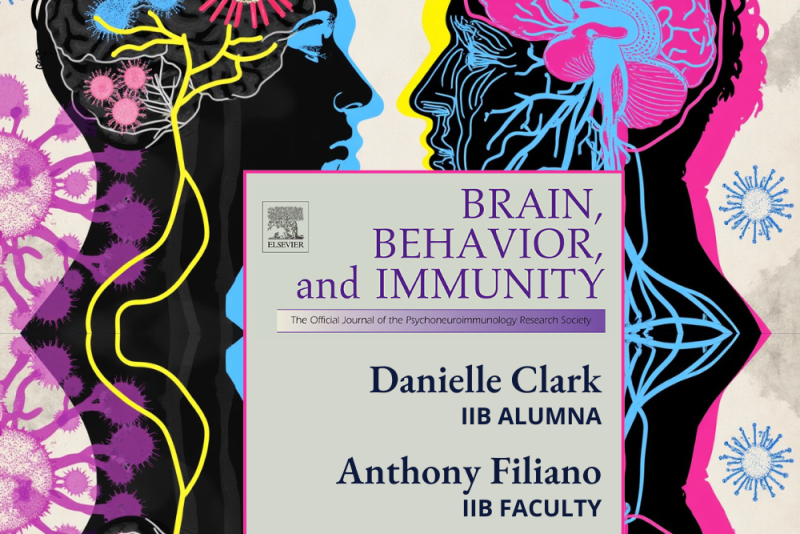
DURHAM, N.C. – Building on research that has linked immune responses with certain neurobehavioral conditions, researchers at Duke Health have identified how a key infection-fighting function is involved in triggering hyperactive behaviors in mice.
The finding, appearing this month in the journal Brain, Behavior, and Immunity, adds insight to an on-off switch for genes called STAT1. This gene regulator plays a pivotal role in the immune system’s response to infections and has also been implicated in various neurodevelopmental disorders such as autism and ADHD.
“A lot of these pathways that have been discovered in the immune system also play important roles in the brain,” said senior author Anthony Filiano, Ph.D., Assistant Professor in the departments of Neurosurgery and Pathology, Assistant Research Professor in Integrative Immunobiology at Duke University School of Medicine, and a faculty member in the Marcus Center for Cellular Cures. “There is a very robust communication between the two systems. This is intriguing because the immune system is very targetable from a therapy perspective.”
Filiano and colleagues at Duke worked with a team at Columbia University that bred mice with a STAT1 mutation. Using these mice, they were able to over-activate the immune pathway in different cell types of the brain, including dopamine neurons, which help modulate reward, motivation, and motor control.
“Prolonged STAT1 signaling in neurons, beginning during embryonic development, led to hyperactive behavior and fewer neurons and reduced neural activity in an area of the brain involved in learning, memory, reward and motivation,” Filiano said. “These results suggest that STAT1 signaling in dopamine neurons has a role in regulating behavior and disruption of this signaling may contribute to neurodevelopmental disorders.”
Filiano said further studies will explore whether it’s possible to target the STAT1 pathway with therapies: “We need to understand its function and target it more specifically before we move forward,” he said.
In addition to Filiano, study authors include first author IIB alumna Danielle N. Clark, as well as Shelby Brown, Li Xu, Rae-Ling Lee, Joey V. Ragusa, Zhenghao Xu, and Joshua D. Milner.
The study received funding support from the National Institutes of Health (NS123084), the Marcus Foundation, and the National Institute of Arthritis and Musculoskeletal and Skin Diseases (NIAMS) intramural research program.